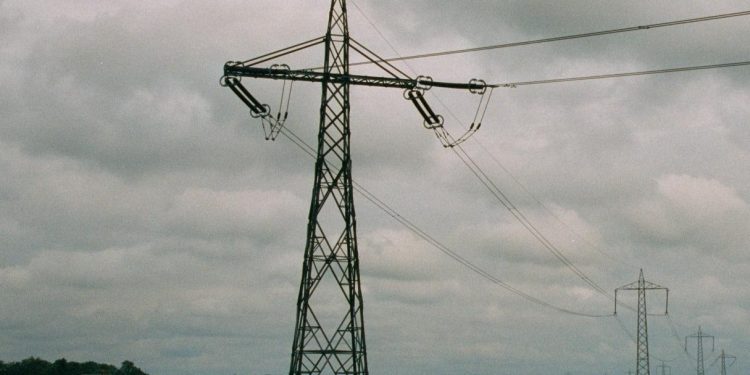African Development Bank (ADB) Annual Development Effectiveness Review 2019 shows that the share of the population with access to electricity in Africa increased – from 42% in 2015 to 52% in 2018 and in low-income countries from 24% in 2015 to 36% in 2018.
Africa increased its total installed electricity capacity, including renewable energy. For instance, in 2018, Africa reached 191GW total installed electricity capacity, of which 37GW is renewable energy.
ADB projects that electricity demand in Africa will triple by 2030 indicating the huge investment required in coming years. ADB’s goal is to improve access to affordable, reliable, and green energy to encourage investment, growth, and job creation. Some of its initiatives include Kenya’s Lake Turkana Wind farm and Morocco’s Ouarzazate Noor solar power.
However, the report noted slow regional power integration with only 8% of power currently traded across borders. Furthermore, the share of the population with access to clean cooking solution has dropped to 29% in 2018 as opposed to 32% in 2015.
There are concerns about the inefficiency in the electricity infrastructure as electricity losses through transmission, distribution, and collection averaged 17.1% in 2018 up from 15% in 2015. Aging infrastructure, the vulnerability of networks to tampering, and inefficiencies in power system planning contributed to this decline.
ADB recommends a collaborative development of energy systems to avoid the inefficiencies of small markets. For instance, interconnection projects would enable countries to rationalize their generation and trade excess power.
In addition, countries should invest in construction and upgrading of power lines and transformer stations to reduce costs, improve access and reliability, and attract investments.
Finally, countries should invest in the maintenance of electricity infrastructure to integrate Africa’s energy resources, increase renewable energy capacity, and improve access to reliable and affordable power.




